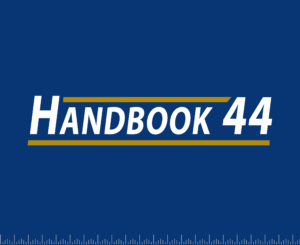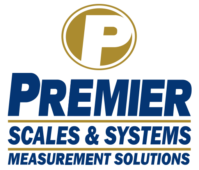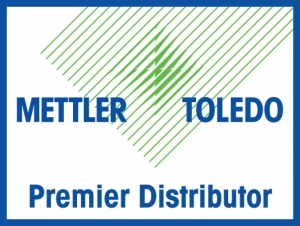NIST Handbook 44 is a nationally adopted standard that provides a comprehensive set of requirements for evaluating the accuracy of weighing and …
 What is NIST Handbook 44?
What is NIST Handbook 44?
NIST Handbook 44 (HB44), officially called “Specifications, Tolerances, and Other Technical Requirements for Weighing and Measuring Devices,” is a nationally adopted standard for evaluating and verifying the accuracy of weighing and measuring equipment. First published in 1949, the National Conference on Weights & Measures (NCWM) annually reviews and updates HB44 to reflect the industry’s best practices.
Why Handbook 44 is Important
Although it’s not part of federal law, many weights and measures agencies enforce HB44 standards on Legal-for-Trade applications. This broad adoption has provided a uniform system for investigating scales, ensuring consistency, and verifying accuracy. These factors enable businesses to flow efficiently through a universal trust in weighing.
Key Components of Handbook44
If done correctly, a scale that passes HB44 procedures will consistently provide accurate weighing results within an acceptable amount of uncertainty. To accomplish this, Handbook 44 outlines a variety of testing procedures for different situations, but the three most significant are the linearity, shift tests, and tolerance.
Linearity Tests ( Increasing & Decreasing Load Test)
HB44 uses a linearity test to check a scale’s performance across a range of values. Utilizing a minimum of three points, technicians apply increasing loads to the scale platform and compare the reported value to the sum of the certified test weights. This test ensures the scale is accurately reporting weight across its entire range of use, not just a single point.
Shift Tests
Shift errors occur when structural, mechanical, or other factors cause the reported weight to vary depending on a load’s location on the scale deck. Sometimes called a corner test or Excentricity Test, HB44 addresses these errors by requiring technicians to shift weight to each quadrant and compare the reported weight to the sum of certified test weights.
Tolerance
No measurement is 100% spot on the true value. Depending on tolerance, a scale could report 20,000lbs as 19,960lbs or 20,040lbs and still pass. That may sound a little absurd, but depending on the application, +/-40lbs may have no major impact on outcomes. The cost of getting to 20,000lbs to report spot on could outweigh the cost of the slight misreport. Handbook 44 seeks to thread this needle by defining how close the scales reported value needs to be to the certified test weight’s value. This wiggle room is called tolerance.
Handbook 44’s Limitations
Despite being the industry standard, HB44 is not perfect for every application. At its core, HB44’s purpose is to create a fair and attainable level of accuracy for virtually any legal-for-trade application. Because of this broad use design, the defined procedures could either be too lenient or strict for your situation. As we discuss in our article, The Cost of Weighing Errors, relying strictly on tolerances outlined by HB44 may be costing your business thousands of dollars each year.
Even though all legal-for-trade scales are required to meet or exceed the requirements outlined by HB44, most scales can be calibrated to a higher or lower standard as needed. Less stringent procedures are sometimes necessary for internal or non-critical applications. Even though we encourage maintaining the highest quality standards possible, the additional time and capital associated with higher standards can outweigh the savings from a tighter tolerance. For more information about finding the perfect middle ground between cost and quality check out our article on Process Tolerance.
How Premier Scales & Systems Can Help
From determining appropriate tolerances to implementing a calibration schedule, our team has the knowledge and experience to keep your equipment efficiently and compliance. For over 50 years, we have guided our customers through complicated procedures and difficult weighing decisions. Plus, our comprehensive ISO/IEC17025 accredited calibration scope means we can help you with more than just scales. Premier Scales & Systems is a full-service calibration company.





